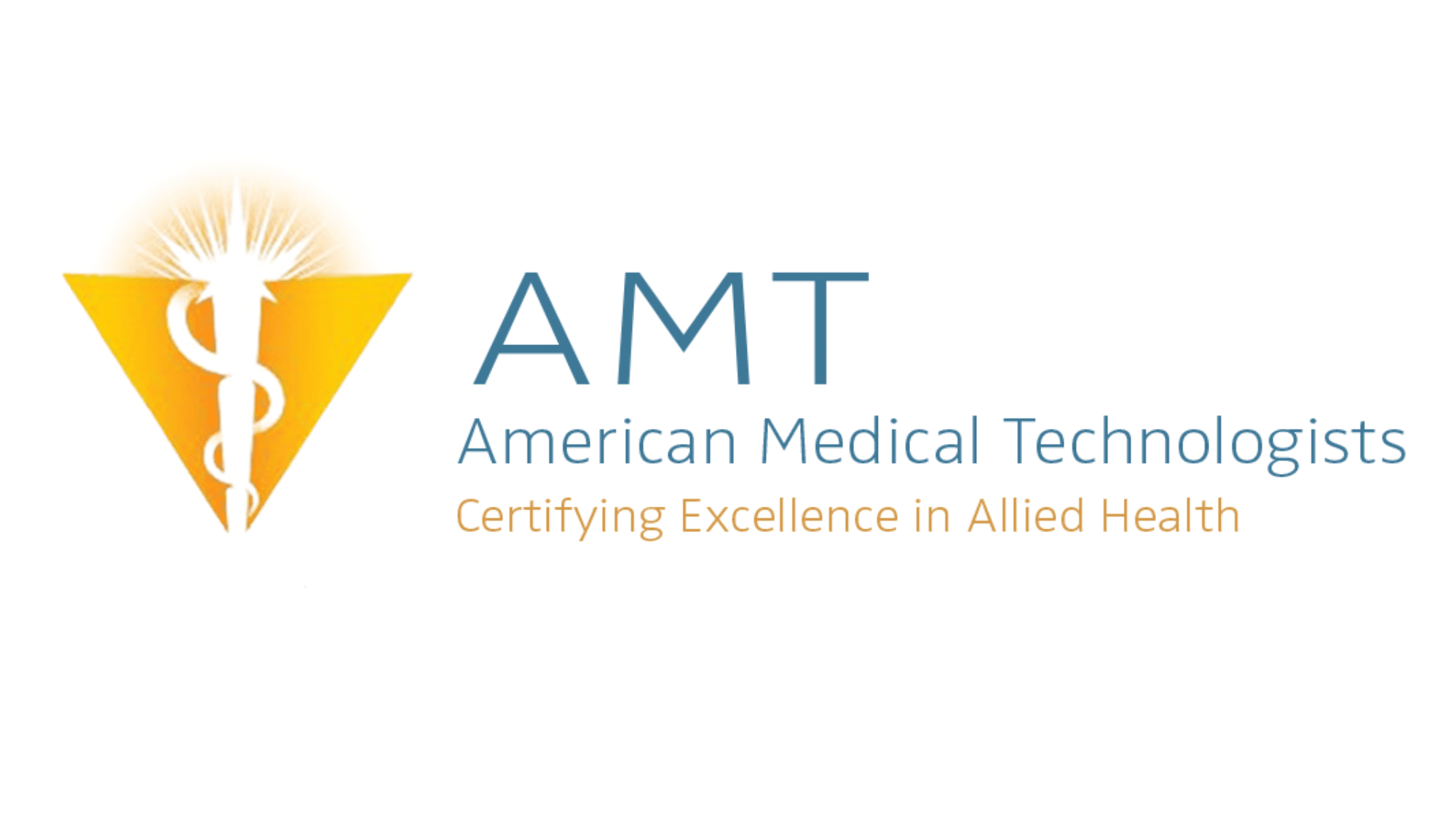If you’re thinking about becoming a medical assistant, you might have heard about the RMA certification.
RMA stands for Registered Medical Assistant, and it’s a professional credential that shows you’re trained and qualified to work in both clinical and administrative roles in healthcare settings.
Getting RMA certified can help you stand out when applying for jobs and may even lead to higher pay.
This certification is offered by American Medical Technologists (AMT), a well-known organization that helps keep professional standards high.
In this blog, we will explain what the RMA test is, who offers it, how to qualify, and why it’s a smart step for your medical career.
What is a Registered Medical Assistant?
A Registered Medical Assistant (RMA) is a trained healthcare professional who helps doctors and nurses by performing both clinical and administrative tasks.
On the clinical side, they may take patient vital signs, prepare rooms for exams, assist with minor procedures, and collect lab samples.
On the administrative side, they can schedule appointments, update medical records, handle billing, and talk to insurance companies.
To become an RMA, you must meet certain education or work experience requirements and pass an exam given by a certified organization like the American Medical Technologists (AMT).
Who Offers the RMA Certification and Why It’s Trusted
The RMA certification is offered by the American Medical Technologists (AMT), a trusted, nonprofit organization that has been around since 1939.
AMT began offering the RMA certification in 1972 and is widely recognized in the healthcare field for maintaining high professional standards.
AMT is respected because it ensures that anyone who earns the RMA title is truly qualified, both in terms of skills and knowledge.
To become certified, candidates must meet specific education or work experience requirements and pass a challenging exam that covers clinical, administrative, and ethical topics.
Employers trust the RMA credential from AMT because it shows that a medical assistant is competent, professional, and committed to continuing education.
Eligibility Pathways to RMA Certification

The American Medical Technologists (AMT) offers multiple ways to become eligible for the Registered Medical Assistant (RMA) exam.
This flexibility allows candidates with different educational or professional backgrounds to apply. Let’s break down each pathway:
1. Education Pathway (Route 1)
This is the most common route. You must graduate from an approved medical assisting program offered by a school accredited by either CAAHEP, ABHES, or a similar recognised agency.
Your program must include:
- At least 720 hours of classroom or online instruction
- 160 hours of clinical externship (real-world hands-on training in a healthcare setting)
This pathway is ideal for recent graduates who have completed formal training and are just starting their careers.
2. Work Experience Pathway (Route 2)
If you didn’t attend a formal program, you can still qualify based on your work experience. You must:
- Have at least 5 years of full-time work experience as a medical assistant within the past 7 years
- Your job must have involved both clinical duties (like taking vitals or assisting with exams) and administrative tasks (like scheduling, billing, or patient records)
This is a great option for people who learned on the job and built strong skills through hands-on experience.
3. Military Training Pathway (Route 3)
If you completed a formal medical services training program through the U.S. Armed Forces, you may be eligible to take the RMA exam.
The training must be equivalent to a civilian medical assistant program and include both theory and practical instruction.
This pathway honours the high-quality medical training offered in military service.
4. Instructor Pathway (Route 4)
You can also qualify if you’ve spent time teaching medical assisting. To apply through this route, you must:
- Have taught for at least 5 years in a full-time position
- Worked in a post-secondary accredited medical assisting program
- Have taught both clinical and administrative subjects
This option recognises experienced educators who have helped train future medical assistants.
No matter which route you choose, you must still pass the RMA certification exam to earn your credential.
The exam ensures you have the knowledge and skills needed to succeed in a real healthcare environment.
RMA Exam Format: What to Expect

Before becoming a Registered Medical Assistant (RMA), you’ll need to pass the official certification exam offered by the American Medical Technologists (AMT).
This test checks your knowledge of medical procedures, office tasks, and patient care. Here’s a simple breakdown of what the exam looks like:
| Exam Feature | Details |
|---|---|
| Provider | American Medical Technologists (AMT) |
| Type | Multiple-choice |
| Number of Questions | Around 200–210 |
| Time Limit | Approximately 2 to 2.5 hours |
| Exam Sections | – General Knowledge (Anatomy, Terminology)- Administrative Skills (Billing, Scheduling)- Clinical Procedures (Vitals, EKGs)- Professional Conduct (Ethics, Laws) |
| Test Locations | Authorized testing centres or online (if available) |
The RMA exam is designed to make sure you’re fully prepared for real-world medical assistant duties.
Studying each topic area and taking practice tests can boost your confidence and help you pass on your first try.
Why Getting RMA Certified is Worth it
Becoming a Registered Medical Assistant (RMA) is more than just passing a test it’s a smart move for your long-term career.
Here are some key reasons why earning your RMA certification can make a real difference:
- Better Job Opportunities: Employers prefer certified medical assistants, giving you more chances to land a great job.
- Higher Earning Potential: Certified RMAs often qualify for better pay compared to those without certification.
- Professional Skill Validation: The RMA credential proves you’re trained and ready to handle real healthcare responsibilities.
- Employer and Patient Trust: Certification builds trust by showing you meet national standards for safety and quality.
- Access to Ongoing Learning: Staying certified means continued education, which keeps your skills sharp and up to date.
- Room for Career Growth: RMA certification opens doors to advanced roles, specialties, and teaching opportunities.
Getting RMA certified gives you more than just a credential it gives you a competitive edge, stronger skills, and a clear path to a rewarding future in healthcare.
Choosing the Right Certification
When choosing a certification as a medical assistant, it’s important to know the differences between the options available.
While all credentials aim to prove your skills, each one is issued by a different organization and may have different requirements or career focus.
| Certification | Full Form | Offered By | Focus Area | Eligibility Requirements | Recertification |
|---|---|---|---|---|---|
| RMA | Registered Medical Assistant | American Medical Technologists (AMT) | Clinical + Administrative | Education, work experience, military, or teaching | Every 3 years, 30 CCP points |
| CMA | Certified Medical Assistant | American Association of Medical Assistants (AAMA) | Strong Clinical + Admin Focus | Graduate from CAAHEP/ABHES-accredited program only | Every 5 years, retake exam or CEUs |
| NCMA | National Certified Medical Assistant | National Center for Competency Testing (NCCT) | Clinical and general duties | Education, work experience, military, or instructor | Every year with CEUs |
| CCMA | Certified Clinical Medical Assistant | National Healthcareer Association (NHA) | Mainly Clinical | Education or 1 year of experience in the past 3 years |
Every 2 years, 10 CE hours |
Each certification RMA, CMA, NCMA, or CCMA can help you start or grow your career in healthcare.
The RMA (offered by AMT) is unique for its flexible eligibility routes and balanced focus on clinical and administrative skills.
Choose the one that matches your background, job goals, and preferred work environment.
Final Thoughts
The Registered Medical Assistant (RMA) certification is a trusted and flexible credential that can help launch or grow your career in healthcare.
Offered by the American Medical Technologists (AMT), it proves that you have the skills, knowledge, and professionalism to work confidently in both clinical and administrative roles.
With multiple eligibility pathways like education, work experience, military training, or teaching, RMA makes certification accessible to a wide range of candidates.
It also comes with real benefits: better job prospects, higher pay, ongoing learning, and room for advancement.












